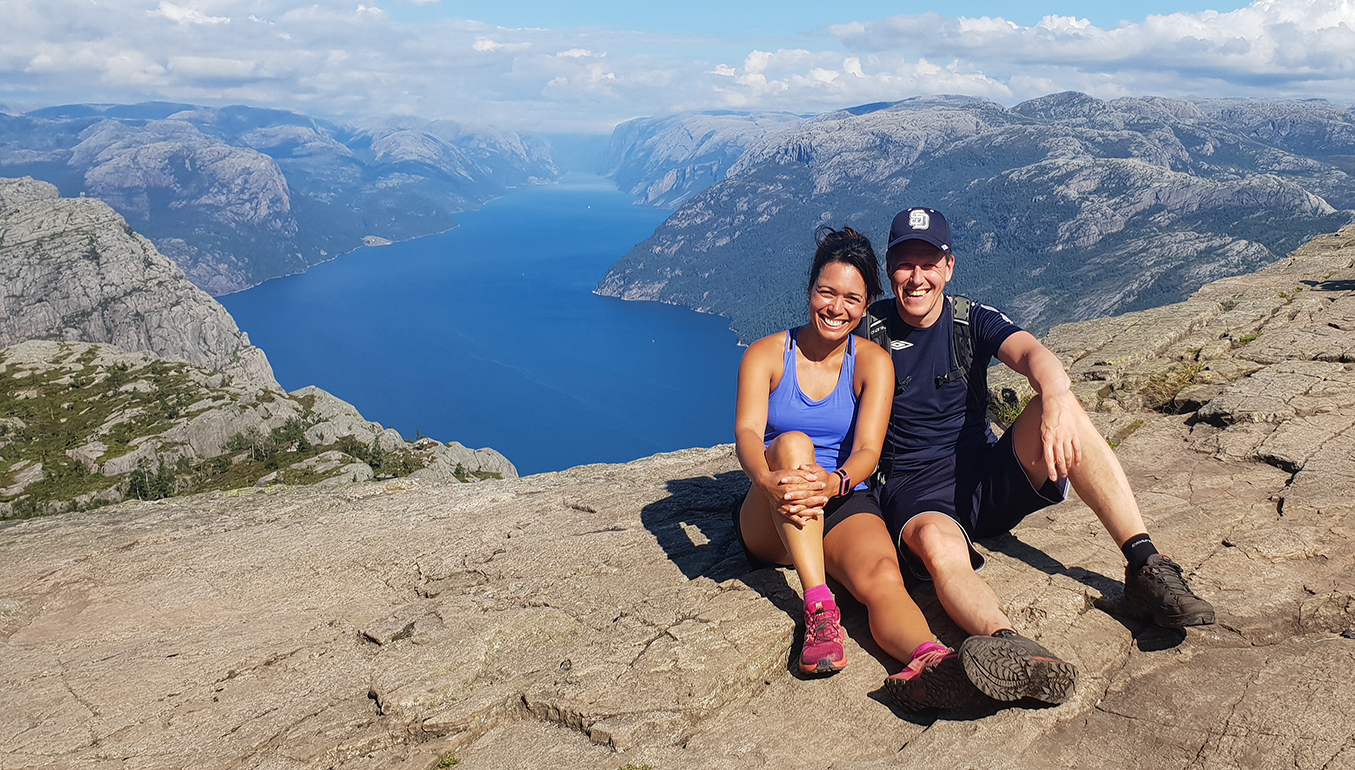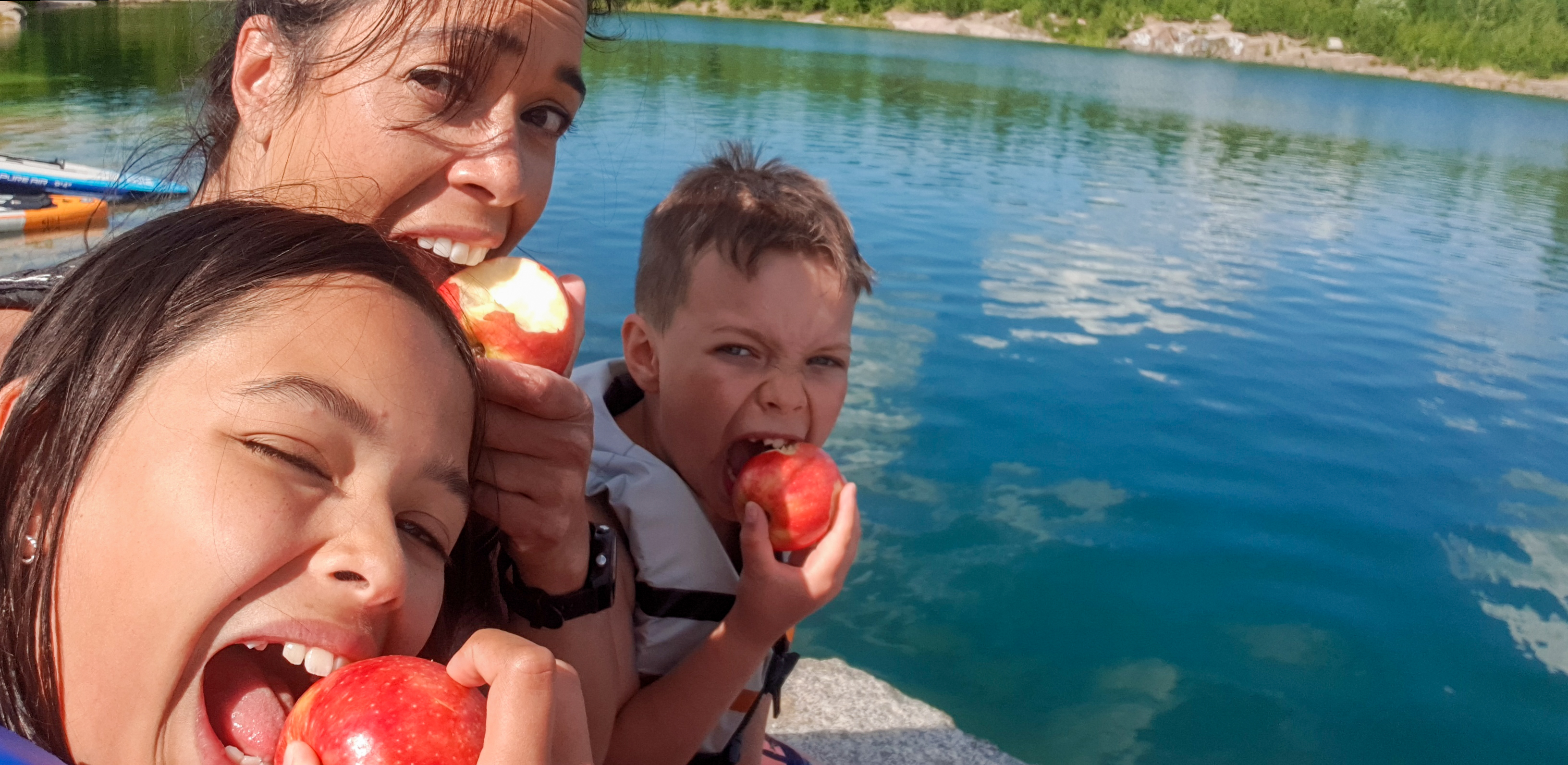When Jennifer Teodorsson joined Cepheid in 2017, she was a program manager on a team of four, with each person handling one or two products at a time. Less than three years later, the team and assay portfolio had both more than tripled in size, and Jennifer took over as director of the team—just as COVID-19 hit and demand for the company’s tests exploded. Below, Jennifer reflects on leadership lessons she’s learned, explains how she decides where to focus in the face of rapid growth, and shares why she’s so excited about her team members’ futures—even if it means she has to find a new job.

First, what do you do at Cepheid?
I’m the director of program management for assay development, which means I lead program managers (PMs) who coordinate the launch of new tests. At Cepheid, a PM is sort of like a startup founder. From the moment the company decides to develop a product until the moment it’s released, PMs are working with a cross-functional team to understand what the market needs and what we can do technically, then navigating all the trade-offs along the way. You have to be well-rounded in a lot of different areas in order to manage that push-pull and keep things running smoothly.
At a lot of companies, a PM might just be handed a product that they run through the usual processes and systems, but here, there’s a lot more empowerment. It’s, “Here’s your team. Here are the needs and the information. Now make it your own.” That can be intimidating at first, because you’re making decisions that at your previous job, your manager probably made for you. But this is unlike any place I’ve been in terms of creating a safe environment to share your ideas. Our leaders aren’t micromanaging from the top down; they’re asking what we need and how they can help. That makes it so much easier for all of us to contribute to the overall strategy and vision.
What are your priorities as a leader?
I lead 12 program managers, each running one or two product development teams, so there’s no way I can dive deep into their day-to-day. I have some processes in place to check on hot topics and know who needs help when, but I focus much more on them as people—their mental health and their development goals. That means being open and transparent, and building our relationships to the point where we have the psychological safety to trust one another. We need honest feedback, whether it’s me offering it or them seeking support when needed. I always tell people in one-on-ones that it’s okay to struggle. In fact, I expect it. Struggling combined with reflection is how we grow.
Another priority for me is that our program managers lean on each other and build a team environment. In a lot of organizations, PMs get siloed within the projects we lead. But we have so much to teach each other. One reason I strive for varied backgrounds and personalities within my team is that, for example, someone extroverted and results-driven can learn a lot from someone more introverted and inquisitive—and vice versa. Often, I’ll put two people with very different strengths on a project together. At first, they might think it’s terrible, but by the end, they’ll end up being great friends.

Tell us more about working with your team members on their development goals. How do you think about growing their careers?
It’s always a conversation. I think it’s so important to talk with someone and understand what their interests really are, because that’s different for everyone. You might want a people-management path, and there are multiple roles within that. Or you might want to go a specialist route and be a principal PM but not have direct reports. Regardless of the goal, it’s imperative that we come up with an action plan to get people the training and experience they need.
Career development is a big part of the Danaher culture, and that’s key—the company walks the walk of encouraging people to move within, or even between, operating companies. If I have a great associate on my team, I might wish they could stay forever. But if they’re interested in exploring another area, I’m still going to reach out to that manager to see if we can set up a rotation or otherwise help the employee pursue their goals. Having a succession plan in place is a good thing; we want one for every role at Danaher. That includes mine—if one of my team members wants this job, that’s great! I’ve had lots of development opportunities of my own over the years, and I don’t need to sit here forever. I want to help that person take over as soon as possible, and I’ll find something else to do.
What are some things you’ve learned at Cepheid?
One thing I’ve learned is how to be my authentic self. I’ve worked in pharma and med tech for most of my career. Coming from that space and being a woman in leadership—especially in a global environment—I had developed a certain approach. But it wasn’t really me, and I wasn’t happy. This is one of the reasons I feel so lucky to have Shibu Gangadharan, our VP of Strategic Development and Program Management, as a manager. I first got to know him during my interview process, and we realized we could really learn from each other. He’s driven and ambitious, but he’s also the most compassionate human being ever. He has such a big heart. Whether it’s engaging with Black Lives Matter or helping people get development opportunities or just making sure we’re all safe during COVID-19, he is so invested in his people. He was also humble enough to recognize that mentorship from other female leaders could help me in ways he couldn’t, so he connected me with Elsa Burgess, our Senior VP of Engineering; Rika Dutau, our VP and GM of Commercial Operations in EMEA; and my own direct manager Wendy Wong, VP of PMO. Having them as role models has really been transformative.
Another source of learning for me has been the Danaher Business System (DBS), which is like a shared culture across Cepheid and other Danaher operating companies—a set of tools and processes we all use to do our work. Now that I know DBS, I wonder how other companies live without it. It makes everything easier and more effective. I even use some of the frameworks, like Problem-Solving Process and Crucial Conversations, in my personal life! I am totally hooked.

Tell us about some of the challenges your team has faced recently.
Like any team—especially in the diagnostic space—a lot of our recent challenges have been related to the pandemic. There’s little capacity for clinical studies beyond COVID-19, which delays our other projects. And of course, there are all the challenges of life outside of work during this time; people’s kids are home from school, there are deaths in the family, people get sick. Other medical treatments have to wait because hospitals are full. Meanwhile, Cepheid is growing quickly—that’s been true for years now—and keeping up with onboarding new people and projects takes its toll.
Regardless of the challenge, though, I think what’s helped most is maintaining our culture. Someone who just came on board can’t know how to do everything from the get-go. But you can create an environment where that person feels comfortable reaching out to a colleague who is already very good at whatever it is they need to learn. We’re all in this together, and I have never been in a situation where I didn’t get the support I needed here. When everyone is open and humble enough to admit what we don’t know, it’s so much easier. I think that’s how we’ve been able to accomplish so much and keep things moving forward every week.
What’s next? Tell us what you’re thinking about right now.
I have a lot of ideas about how to move forward with everything we’ve learned from this time. How do you create a team environment when we’re not only global but increasingly remote and hybrid? I think we have a lot of new tools that can help us do our work better and more quickly. If we used avatars and VR, for example, how might that change the solutions we develop for patients? There are so many opportunities. And while time zone differences are tough, I love that I can talk with someone in South Africa about what’s happening there, or someone in the UK about a new NHS initiative.
Of course, it’s not just about technology. It’s the people behind the computers. When you move from a physical to a virtual environment, things like burnout can be more of an issue. So I’m thinking a lot about how to help my team build not just emotional intelligence, but emotional agility. Building soft skills is really the most interesting challenge. We do want our associates to be performers. But more than that, we want them to be good citizens of the company, and the world.


Leave a Reply